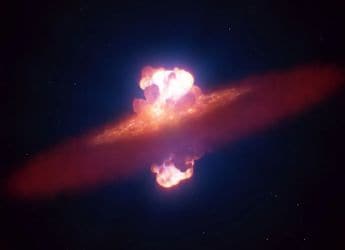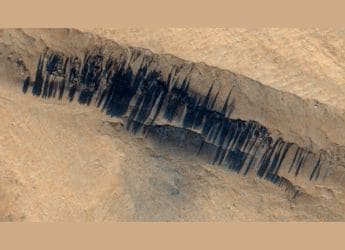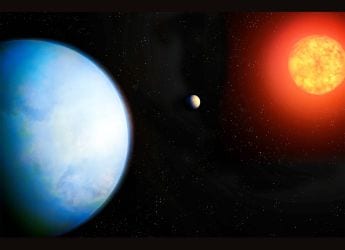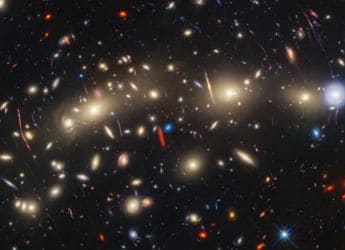- Home
- Mobiles
- Mobiles News
- Karbonn Titanium S9 Lite With 5.5 Inch Display Available Online At Rs. 8,990
Karbonn Titanium S9 Lite With 5.5-Inch Display Available Online At Rs. 8,990
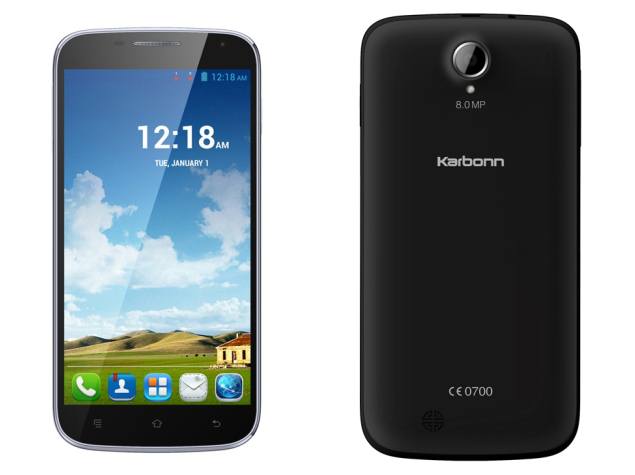
As the name suggests, Karbonn Titanium S9 Lite is a variant of the Karbonn Titanium S9 that was launched last year at Rs. 19,990.
According to the retailer listing, Karbonn Titanium S9 Lite features dual-SIM (GSM+GSM) support and runs Android 4.2 Jelly Bean, just like the Titanium S9.
The Titanium S9 Lite features a 5.5-inch qHD (540x960 pixel) display and is powered by a 1.3GHz quad-core (unspecified chipset) processor coupled with 512MB of RAM. The smartphone comes with an 8-megapixel rear camera along with LED flash support and there is a 2-megapixel front-facing camera also onboard.
The Karbonn Titanium S9 Lite supports an additional 32GB of storage expansion via microSD card, apart from the 4GB of inbuilt storage. Connectivity options on Titanium S9 Lite smartphone include 3G, Wi-Fi, Bluetooth and GPS. It also comes with G-sensor, proximity sensor, and an ambient light sensor.
The Titanium S9 Lite packs a 2100mAh Li-Ion battery and is listed at Snapdeal in a Black colour variant. The listing was first spotted by fonearena.
Last week, Karbonn's budget Android smartphone - the Karbonn A50s - went on sale via Flipkart at a price of Rs. 2,790. The Karbonn A50s runs the Android 4.2 Jelly Bean out-of-the-box. It offers dual-SIM (GSM+GSM) support with dual standby. It features a 3.5-inch TFT LCD display with HVGA (320x480 pixels) resolution.
The Karbonn A50s is powered by a dual-core 1.2GHz processor, coupled with 256MB of RAM. It sports a 2-megapixel rear camera with LED flash, while there is a 0.3-megapixel front-facing camera also onboard.Mobiles launched in June 2014
Get your daily dose of tech news, reviews, and insights, in under 80 characters on Gadgets 360 Turbo. Connect with fellow tech lovers on our Forum. Follow us on X, Facebook, WhatsApp, Threads and Google News for instant updates. Catch all the action on our YouTube channel.
- Samsung Galaxy Unpacked 2025
- ChatGPT
- Redmi Note 14 Pro+
- iPhone 16
- Apple Vision Pro
- Oneplus 12
- OnePlus Nord CE 3 Lite 5G
- iPhone 13
- Xiaomi 14 Pro
- Oppo Find N3
- Tecno Spark Go (2023)
- Realme V30
- Best Phones Under 25000
- Samsung Galaxy S24 Series
- Cryptocurrency
- iQoo 12
- Samsung Galaxy S24 Ultra
- Giottus
- Samsung Galaxy Z Flip 5
- Apple 'Scary Fast'
- Housefull 5
- GoPro Hero 12 Black Review
- Invincible Season 2
- JioGlass
- HD Ready TV
- Laptop Under 50000
- Smartwatch Under 10000
- Latest Mobile Phones
- Compare Phones
- Vivo Y500 Pro
- Realme GT 8 Pro Aston Martin F1 Limited Edition
- Huawei Mate 70 Air
- Moto G57
- Moto G57 Power
- Motorola Edge 70
- Moto G Play (2026)
- Moto G (2026)
- MacBook Pro 14-inch (M5, 2025)
- Asus Vivobook S16 (S3607QA)
- iQOO Pad 5e
- OPPO Pad 5
- Noise Diva 2
- Noise Halo 2
- Acerpure Nitro Z Series 100-inch QLED TV
- Samsung 43 Inch LED Ultra HD (4K) Smart TV (UA43UE81AFULXL)
- Asus ROG Ally
- Nintendo Switch Lite
- Haier 1.6 Ton 5 Star Inverter Split AC (HSU19G-MZAID5BN-INV)
- Haier 1.6 Ton 5 Star Inverter Split AC (HSU19G-MZAIM5BN-INV)










